
by aramatzne@gmail.com | 16 Nov 2020 | Musing
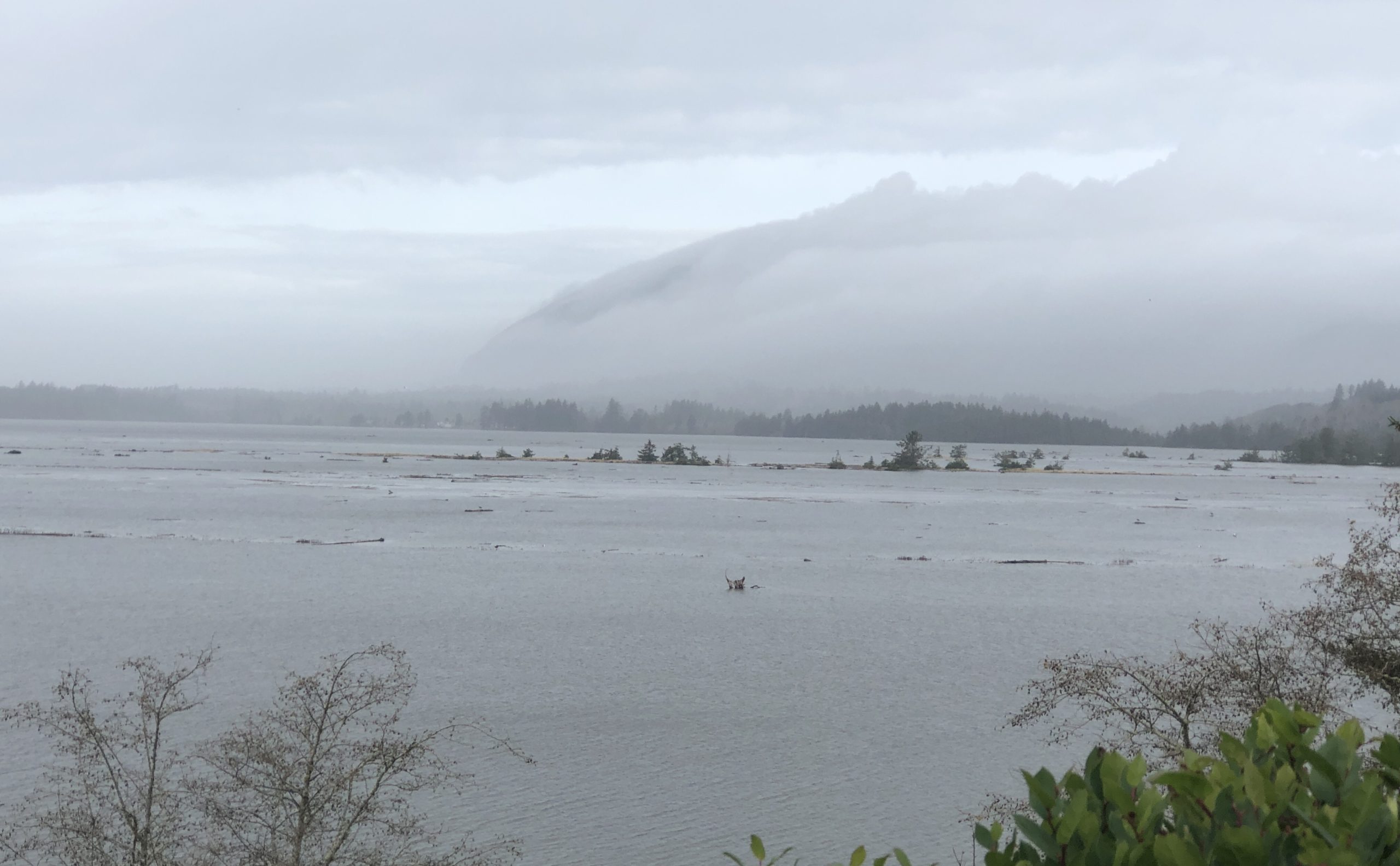
The rain seems to have settled in and the days are a series of water, flowing, falling, ebbing. Six-hour windows of tide in, tide out, water falling from the sky, flowing downriver to the sea, and upriver on the incoming flood tide. The geese and ducks floating by in the rain-soaked air seem to say, “WTF? Are we swimming or flying?”
I will try flying. This year is about defying gravity. Are you ready?
p.s., Thank you for the most generous birthday president.
Like this:
Like Loading...
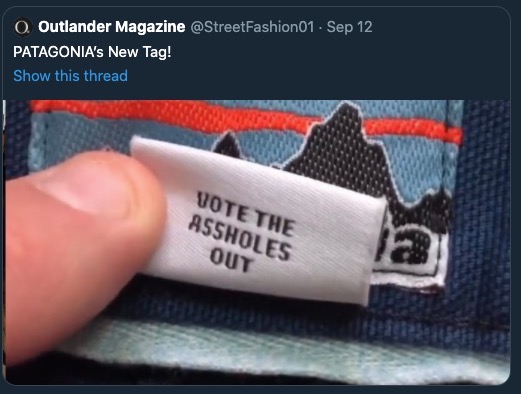
by aramatzne@gmail.com | 2 Nov 2020 | Musing
Indulge me for a minute.
When Europeans invaded North America, it held an estimated 220 million acres of wetlands. In the intervening years, approximately half of that was lost to development, “reclamation,” dredging, poor land-use practices, and, more recently, drought and climate change.
Wetlands are one of the most ecologically productive habitat types on Earth, providing a multitude of benefits to humans, including economic boons like billions of dollars in flood damage prevention and a place for the vast majority of commercial and recreational fish to spend some of their life (multi-billion dollar industries), not to mention millions of waterfowl and shorebirds. Five percent of the lower 48 states’ land area is swampland, and more than a third of all threatened and endangered species live only in swamps. Wetlands also filter and store water (a finite resource) and store one to three times more carbon per acre than forest or prairies – a significant fact given the current climate and its crisis.
This is a minuscule fraction of wetlands’ value, but it is enough to create the question, “What makes sense about draining the swamp?” Only foolish, short-sighted people would suggest such a thing.
What we need is a flyswatter.
Eliminating parasites (think mosquitoes draining lifeblood and introducing malaria) that inhabit the swamp would solve the problem.
And that is what voting is all about—one swat per person.
Full disclosure, I could not vote in the 2016 election because I moved and changed my address after the registration deadline (unknowingly, or I would have waited, but really, who could imagine the outcome?). So, this year, I encourage all those who did not, could not, or would not vote in the last presidential election to get out and swat some parasites. They suck.
p.s., November 3rd is not only election day; it is also my Birthday! Yay! I want a new president, please. And, thank you.
p.p.s., yes, I already voted.

Like this:
Like Loading...
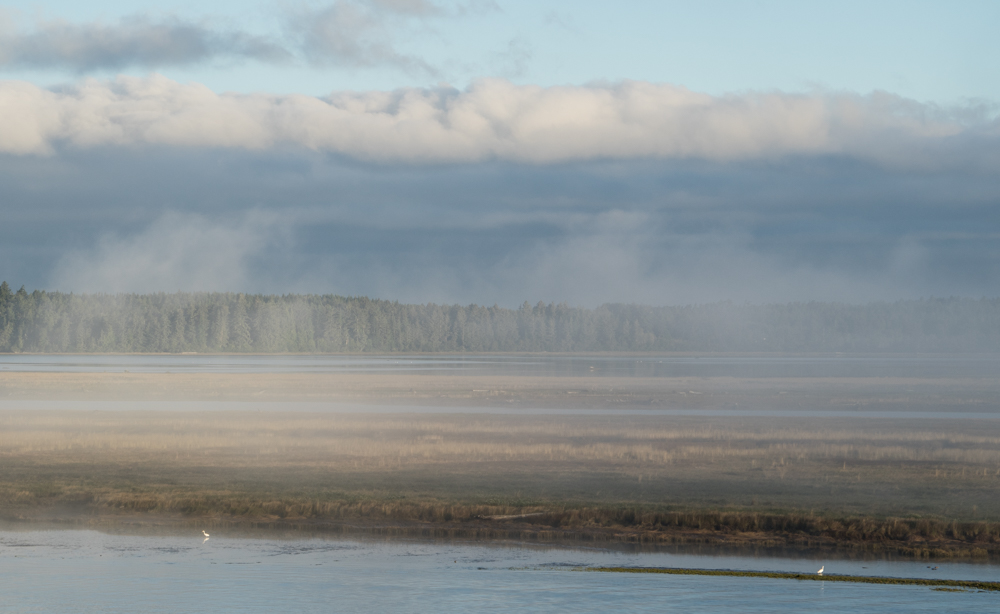
by aramatzne@gmail.com | 14 Sep 2020 | Musing
The world continues in its surreal swirl of politics and protests, viruses, and fires.
The view from the deck holds sway; the fog, elk hunters, and fishers captivate me.
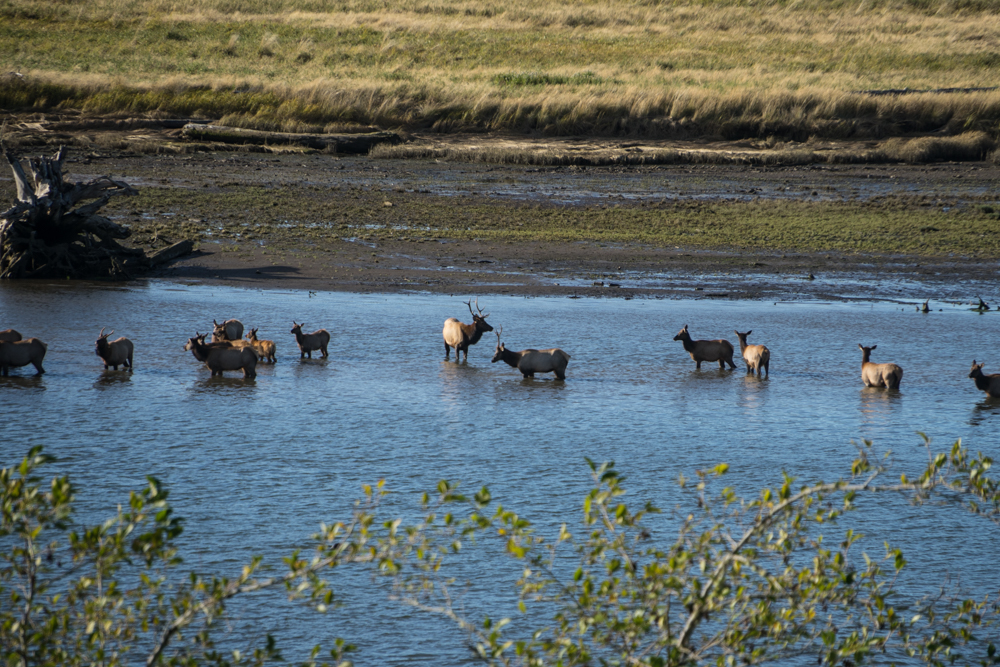
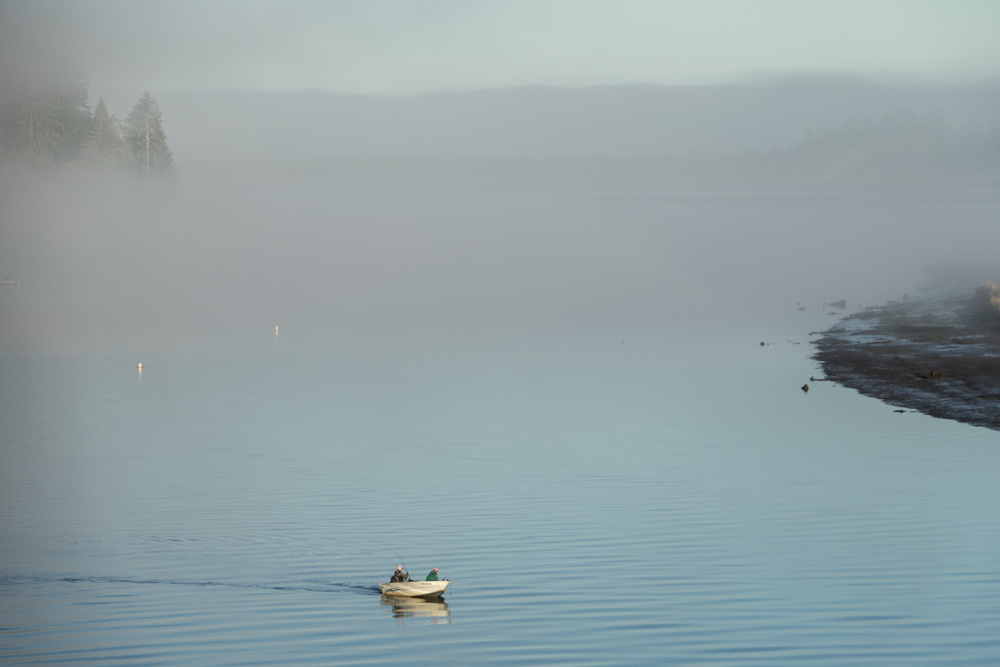
Like this:
Like Loading...
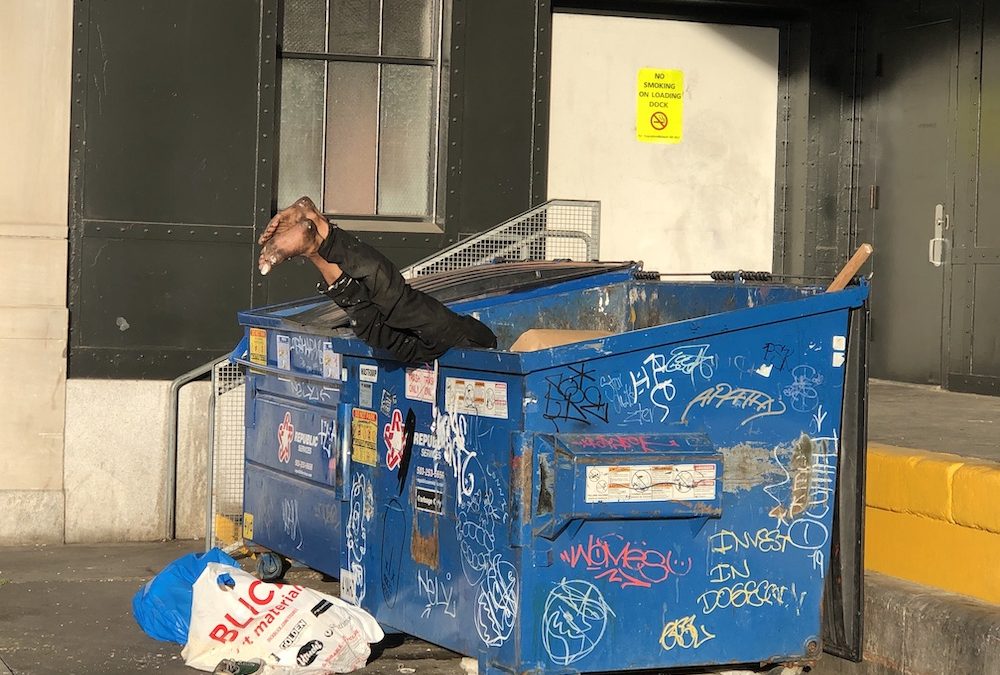
by aramatzne@gmail.com | 17 Aug 2020 | Musing
I will throw up.
“In these difficult times” has become the new standard, but what was easy about the time before now?
Remember, way back in February before the Coronavirus pandemic really hit the US? Remember how houselessness was a huge issue? Remember how affordable housing, even for people with fulltime jobs, was problematic? Healthcare was unaffordable to most and marginally provided by employers and the government. The education system was underfunded, failing, and exorbitant—and leaving young people fortunate enough to go beyond high school in deep debt (hello, 12.74% student loan interest rates). While income rose, it didn’t keep up with inflation and buying power–even for basic necessities–was down considerably.
Migrant families were being separated and put into concentration camps. People of color were being killed in the streets. And let’s not forget the weekly mass shootings.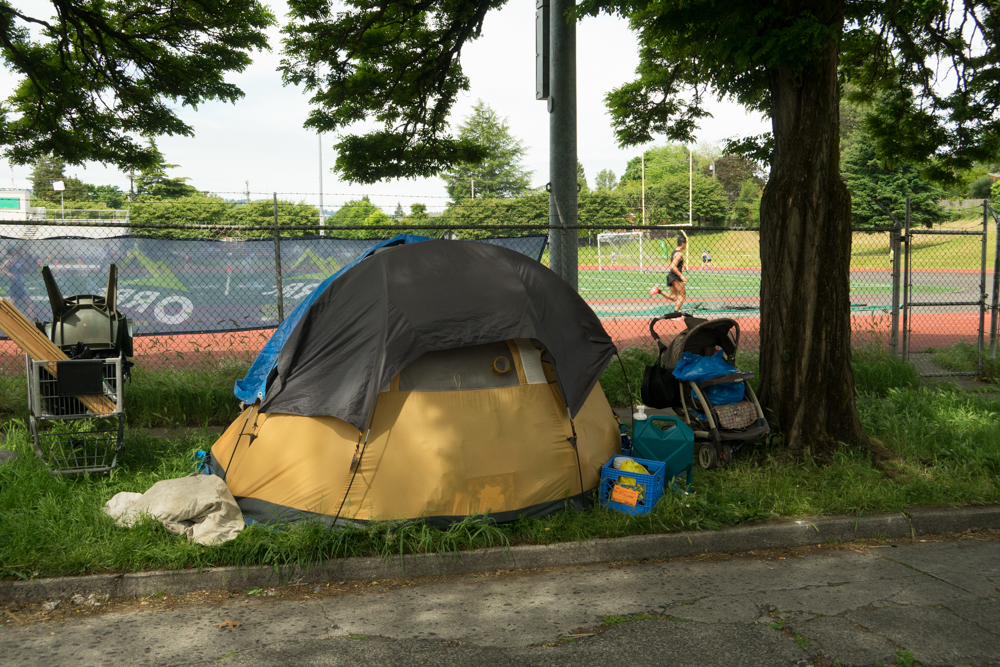
National parks were being considered for privatization. National monuments were being stripped of their protected status and the remaining public lands were being opened for mining and oil extraction. Forests were being clearcut; the timber often shipped abroad for processing.
The US was on tenuous grounds with most of its former allies and was cozying up to a variety of tyrants and miscreants. The president was bombastic, petty, and immature. Not to mention destructive, vindictive, and lacking any form of intelligence.
Tell me, how were those times not difficult?
This is just the surface and just one country. Many other places are struggling with their own national issues.
This added layer of self-inflicted trauma–yes, self-inflicted. I see you, out-of-state non-believers, without masks wandering through my town–may create the perfect storm of difficult times but from my view, there is no indication that the previous time was easy.
Is this phrase hammered into us as a means of making the pre-COVID world seem rosy? People want to go back to their normal lives, but what is normal about weekly mass shootings? What is normal about being houseless? And is that a normal we want to support? If that is normal, I vote for abnormal.
We have an opportunity to create something better. The world systems are breaking down – now is the time to lay the foundation for the rest of the 2000s. Now is the time to rebuild with everyone in mind – not just the elite and the wealthy. Start at the beginning. We all deserve dignity, humanity, and equal rights. It’s a good place to start.
Instead of saying “in these difficult times,” let’s say, “I see you. You are invaluable. We have work to do. Let’s build a new world.” Practice starts today.
p.s., My birthday is on November third. I want a new president, please.
Like this:
Like Loading...
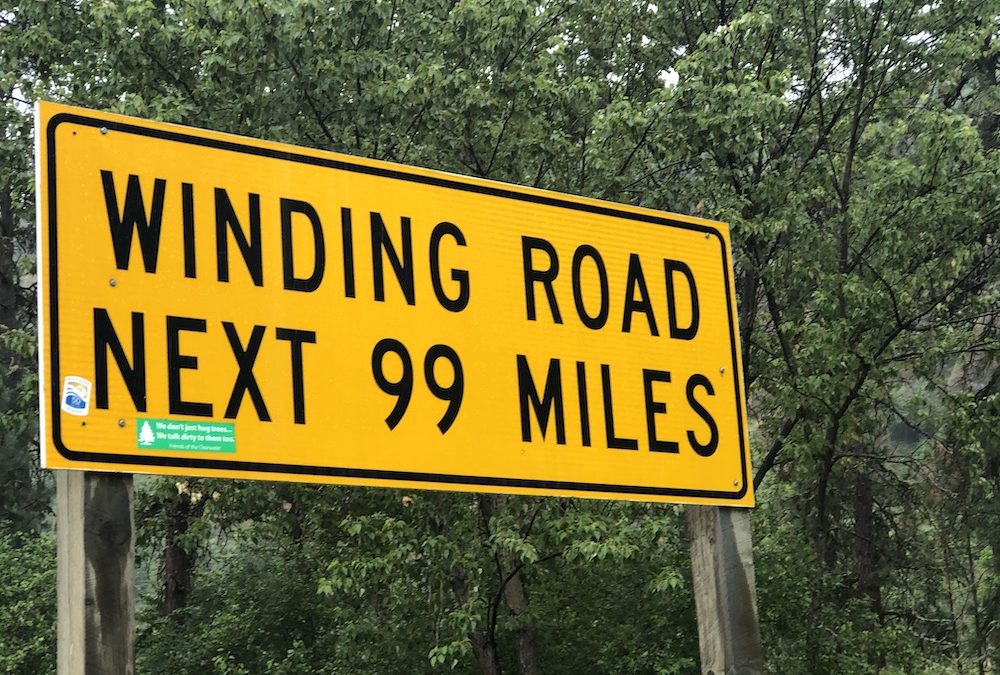
by aramatzne@gmail.com | 29 Jun 2020 | Musing
Winding road ahead
Keep some perspective. It’s only 99 miles; it’s wild and scenic. Don’t forget to stop and hug the trees. And, go the extra mile, talk dirty to them along the way.
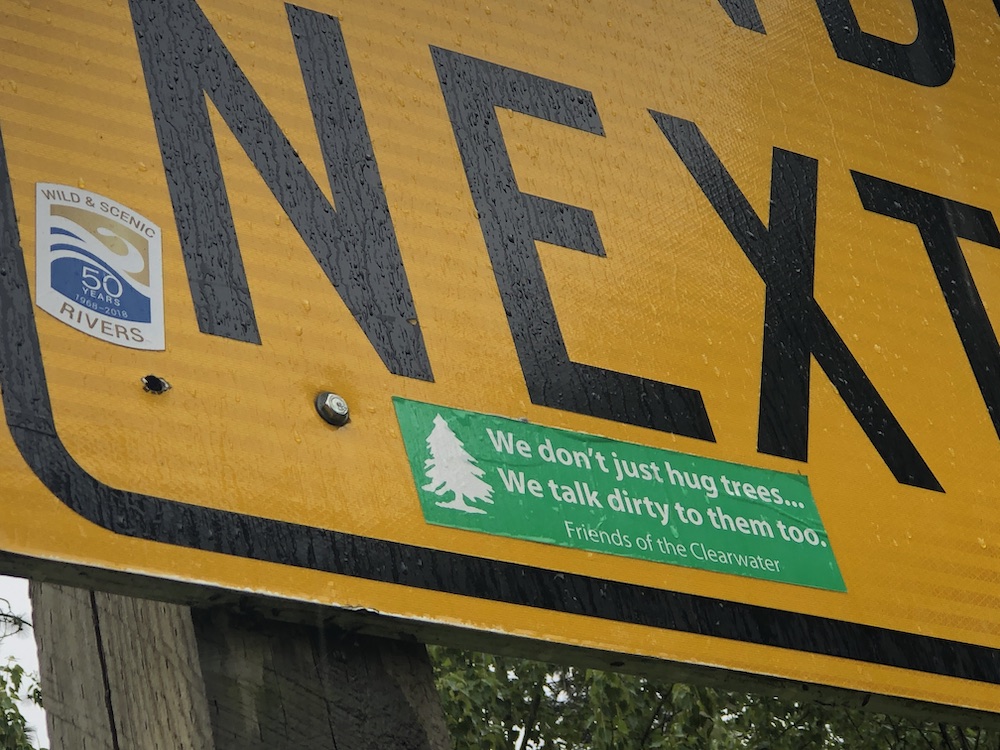
p.s., please apply liberally to fellow humans, hug at will. And, if you’re skeptical about talking dirty, at least say sweet nothings.
Like this:
Like Loading...
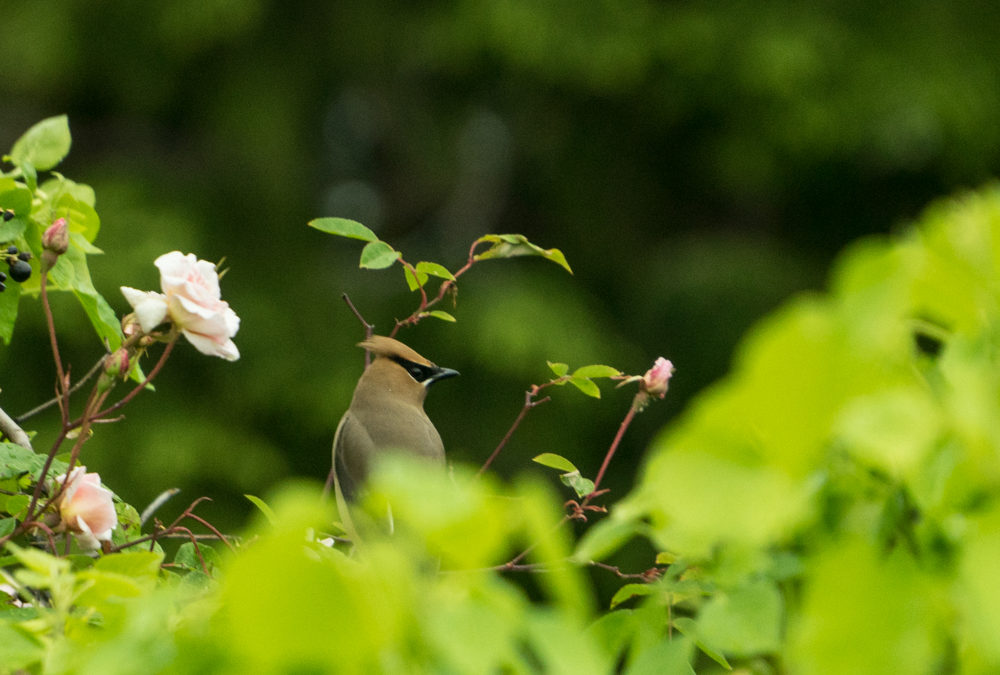
by aramatzne@gmail.com | 25 May 2020 | Musing
The waxwing gang
The air was alive with waxwing buzz this morning. Flooding in, like a masked mob, the birds jumped from berry to berry, before ebbing back to the big spruce when disturbed. How did last season’s fruit survive this long?
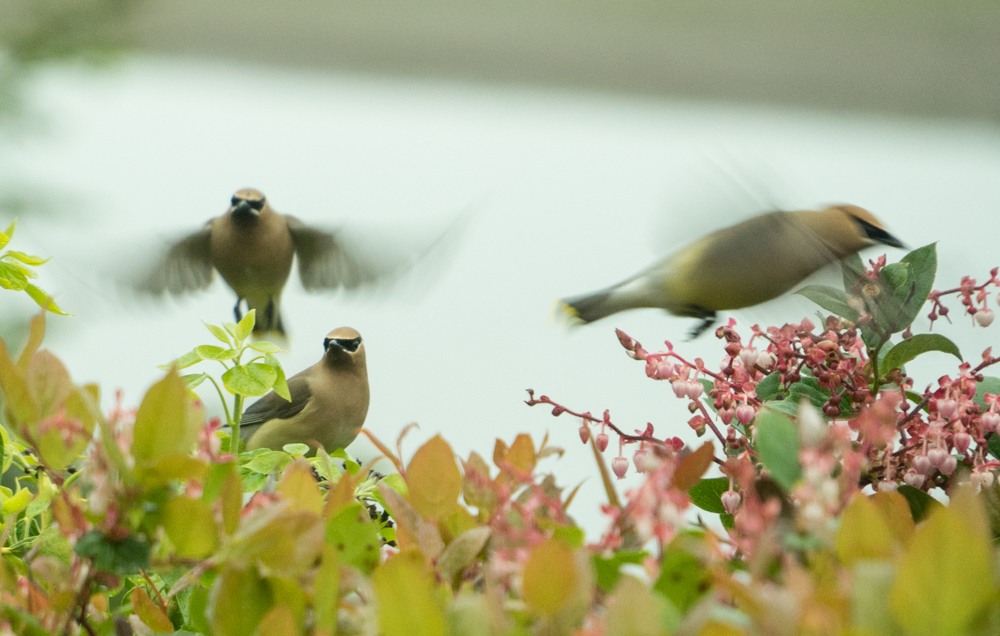

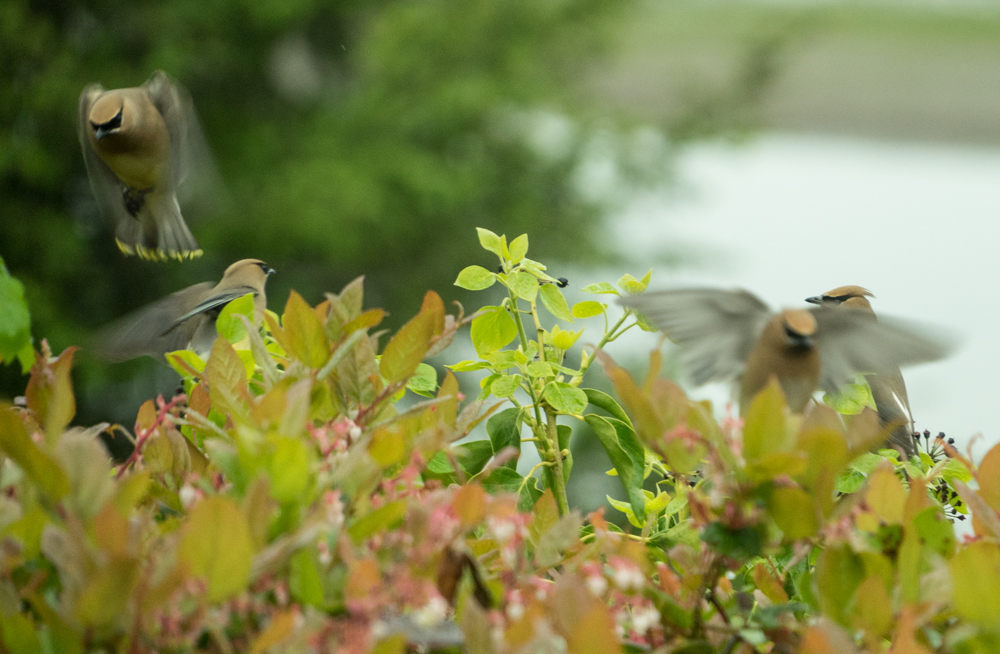
Like this:
Like Loading...
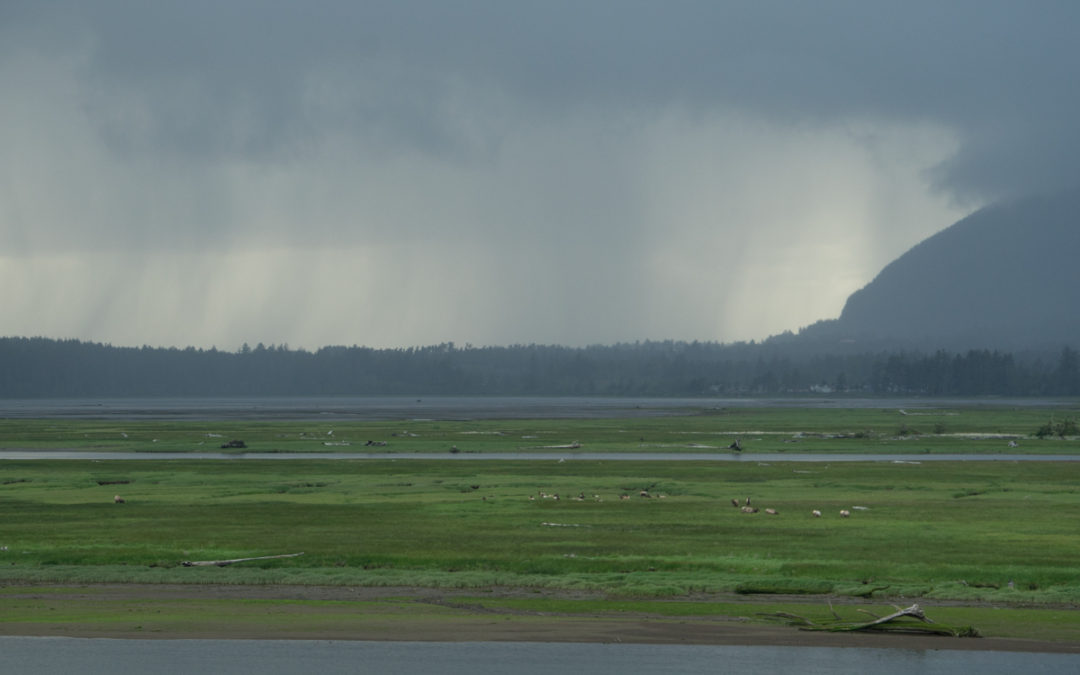
by aramatzne@gmail.com | 11 May 2020 | Musing
on the Oregon Coast
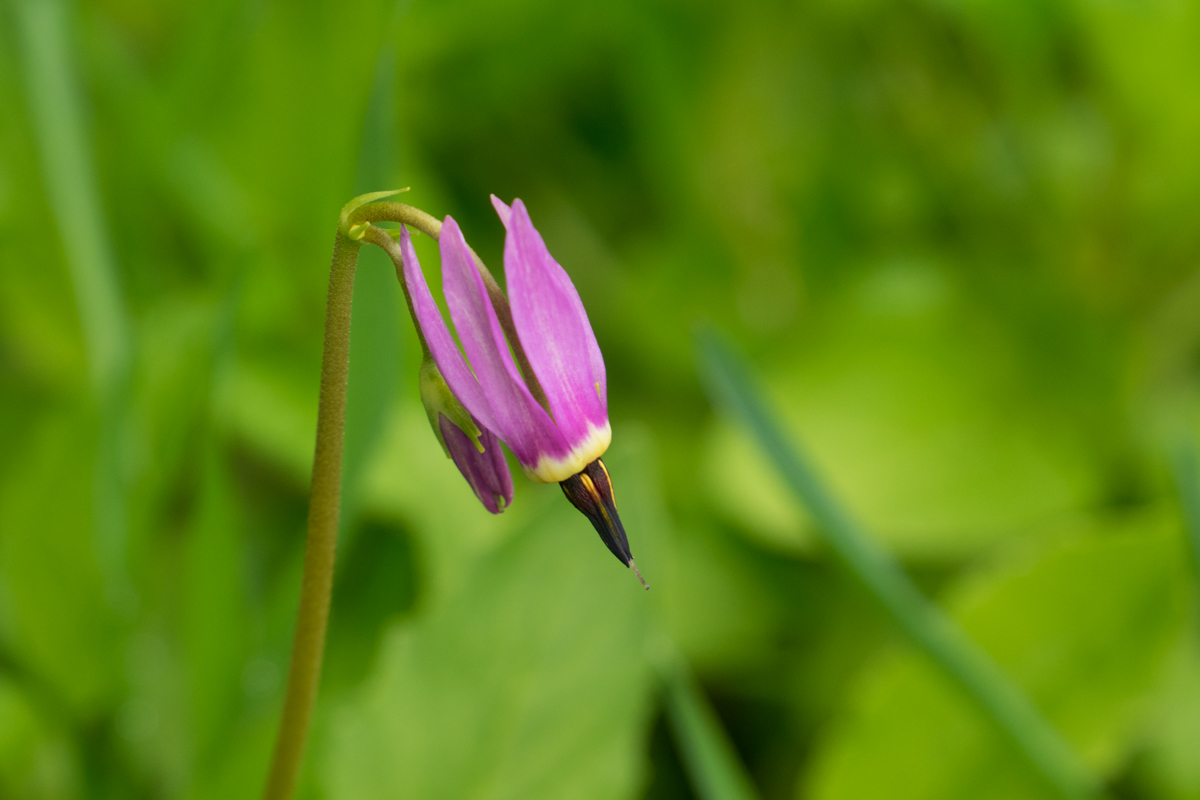

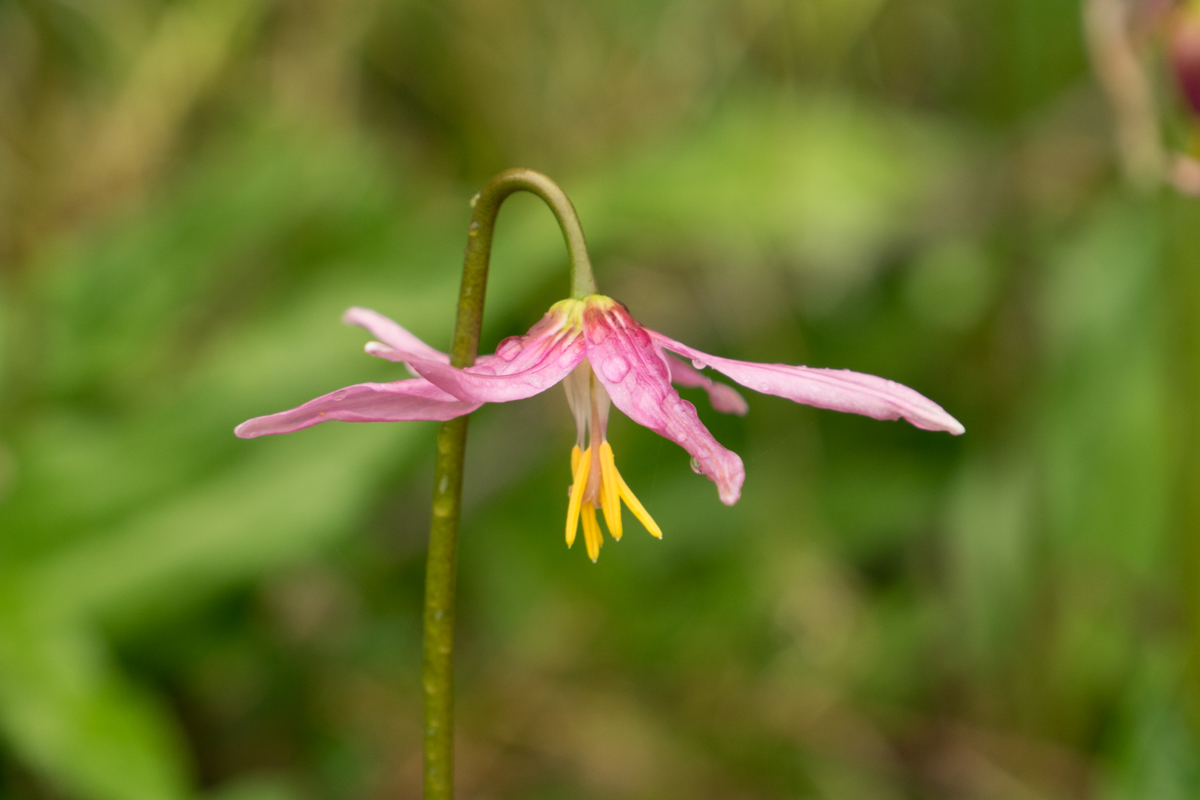
Like this:
Like Loading...
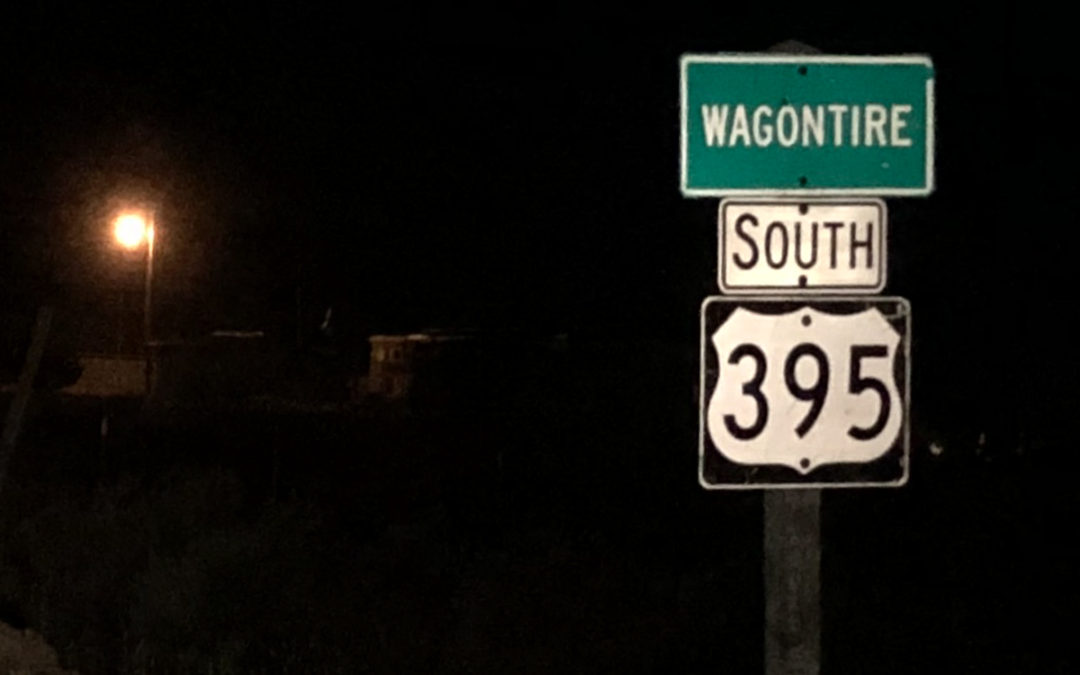
by aramatzne@gmail.com | 27 Apr 2020 | Roads Taken
The final leg of the Svalbard journey was from Montana, where Big Cat was staying with a friend, to Oregon. Big Cat and I set up for a road trip. I planned to stay in Boise, halfway between Bozeman and Ashland, but nine hours out of Bozeman, I hit Boise and thought, hell, Ashland is only eight more hours. And, so I drove on. The following is a road trip poem and the final Svalbard installment. I’m sure there will be more about Svalbard to come to these pages but this is technically the end of the trip.
Itinerary
Longyearbyen – Oslo
Oslo – Copenhagen
Copenhagen – Newark
Newark – Denver
Denver – Bozeman
One day rest
Bozeman – Ashland
Road trip
Bozeman 0900
Autumn light in golden cottonwoods and aspens
Mind’s eye sees Arctic blue light
Elk herd #1
“Caution! Animals on roadway. 12 bison killed by vehicles in 2018”
West Yellowstone
Coffee
Henry’s Lake
Rigby
“When you gotta habit 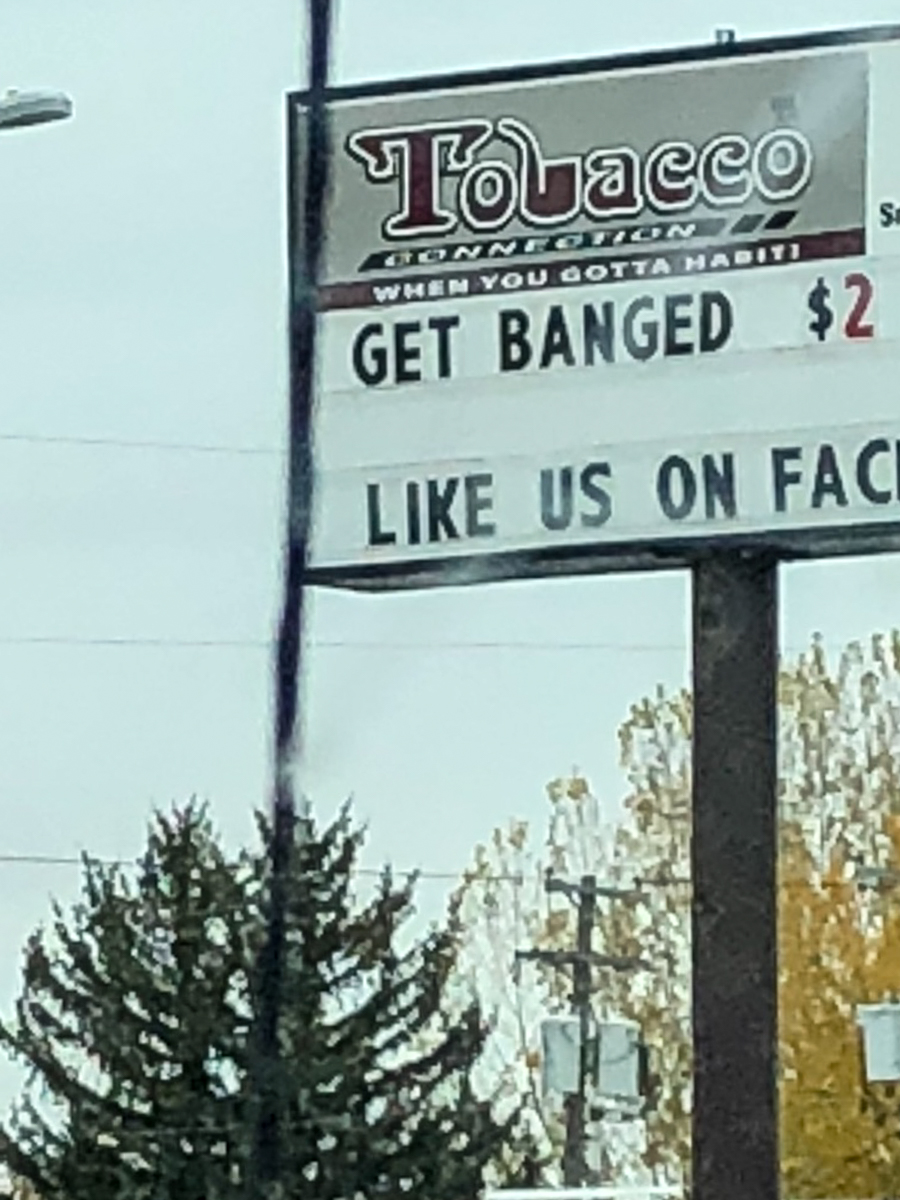
get banged $2”
Gas
Idaho National Laboratory
Craters of the Moon
Sagebrush desert and lava fields
Glacier mirages
Sardine juice for Big Cat
Lunch for me
Identified roadkill:
1 Badger
1 elk
1 cat
Uncounted deer and skunks
1 jackrabbit
1 raccoon
Elk herd #2
Gas
Boise rush hour
NPR first time in 71 days
Trump still an idiot
Coffee
Keep going
Sunset
Not polar night
Oregon
White Settlement Road offers glimpse of past
Says more about present
Sardine juice sloshed on truck seats while attempting to catch throwing up cat
Nap
Harney County
Pacific Time Zone
Gas
Starvation Ridge
Thirty miles; one car
Wagontire. Population: zero
Coyote crossing road
Wait. Motion entirely wrong
Two bounds; gone
Straight tail; big body
Revision: wolf crossing road
Midnight pit stop
Moonlight on sagebrush
Too cold for rattlesnakes
Coyote chorus
Coyotes for sure
Just past full moon
Nap
Orion rising; Mars setting
North Star oddly to north
Christmas Valley
Silver Lake
Cattle guard
Open range
Black angus; black night
Juniper scent
Crater Lake
Great horned owl nearly road-killed
Golden moonlight on aspens
Lake of the Woods
Into the trees
Quiet stars
Ashland 0445
Good night, Moon
Like this:
Like Loading...
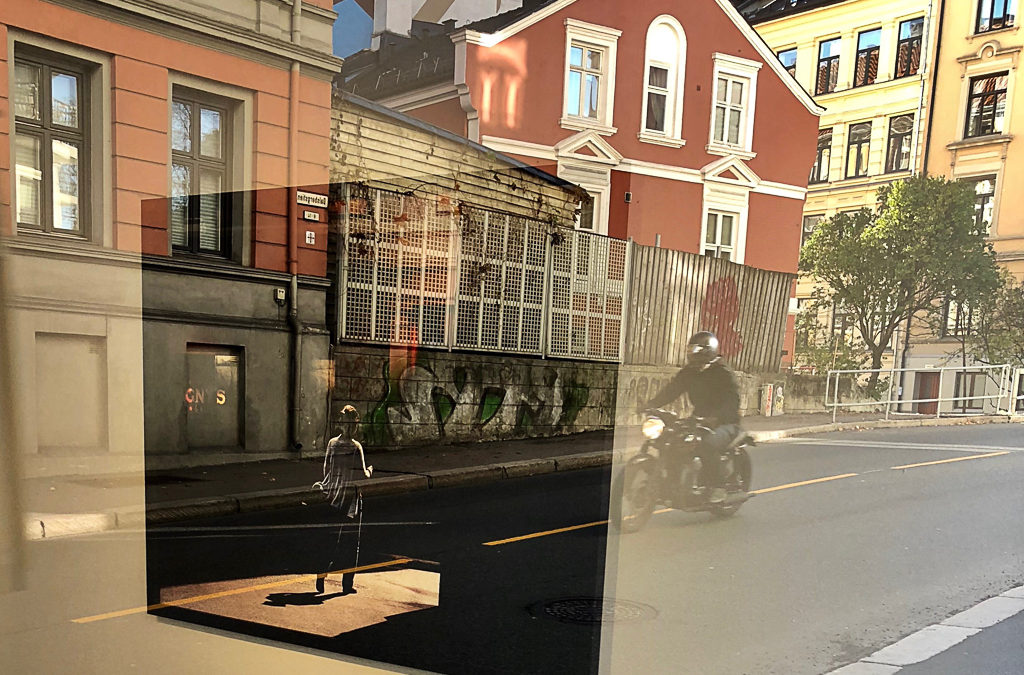
by aramatzne@gmail.com | 13 Apr 2020 | Roads Taken
18 October–Oslo
It is almost awkward to be in the world of light, trees, and birds again. The noise and chaos of the group over the last two weeks remain in my head and feel familiar now in the sounds of Oslo, children, motors, bikes. The space of the fjords and mountains is closed in by buildings and blocks. Withdrawal from Svalbard physically is too abrupt. The reality of trains and city and money return to the fore and leave me turning inward again. Shy and reserved. New space. New head. New. Again.
The sun has been above the horizon for some time already today and will continue  there for several more hours. The light is strong, almost harsh – a beautiful sunny day in Oslo in October. Rather unusual. There is no snow in sight and the trees are full of autumn-colored leaves. How did I get here?
there for several more hours. The light is strong, almost harsh – a beautiful sunny day in Oslo in October. Rather unusual. There is no snow in sight and the trees are full of autumn-colored leaves. How did I get here?
Tomorrow is the first leg of the last leg. Oslo to Newark.
I need time to reflect and process. I need to put photos and places together, I need to fill in the many gaps of things that happened and the things I saw.
For today, I plotted a course through the botanical garden and I’ll walk through the university as well. See what I see.
I met a friend of a friend at a coffee shop this afternoon. She was great. We had a lovely conversation. She was the mayor of Longyearbyen for many years. First arriving there to introduce the university research branch. Apparently very successful at that. And, as it happens, she is also the wife of the Mayor of Oslo. She worked for the UN on the climate change panel. She’s smart, ambitious, and looking to the climate/emigrant/world changes that affect all of us.
I came from the burning west to the melting Arctic. The changes are evident. How 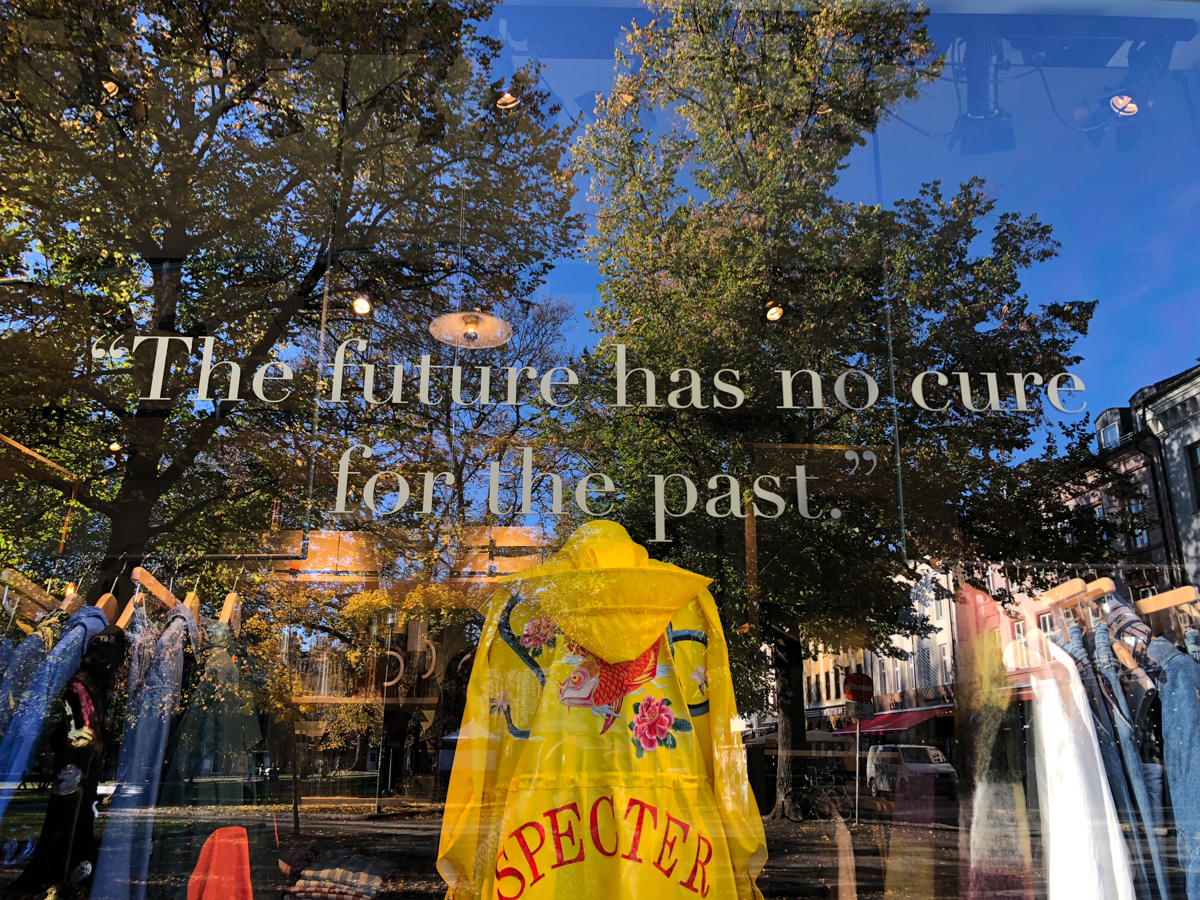 could I not see that? And why did I have to travel so far to identify this issue? Connecting Cooper with Svalbard seemed obvious but now connecting Ashland to Svalbard seems more obvious and more necessary. Shifting my focus and adjusting my perspective was anticipated.
could I not see that? And why did I have to travel so far to identify this issue? Connecting Cooper with Svalbard seemed obvious but now connecting Ashland to Svalbard seems more obvious and more necessary. Shifting my focus and adjusting my perspective was anticipated.
I used the analogy of the wars. How does that go? – They came for the socialists, the trade unionists, the Jews, but I was none of these and I did not object, it was not my business. And when they came for me, there was no one left to stand up for me. [First they came… by Martin Niemöller]
When Bangladesh is underwater, and Sudan reaches 50ºC (122ºF) on a sustained basis we don’t blink. What happens when the permafrost no longer exists and the seed vault is flooded, Europe is on fire, and what was once productive farmland is desert? Who will hear the complaints? Who will rescue us? All of us?
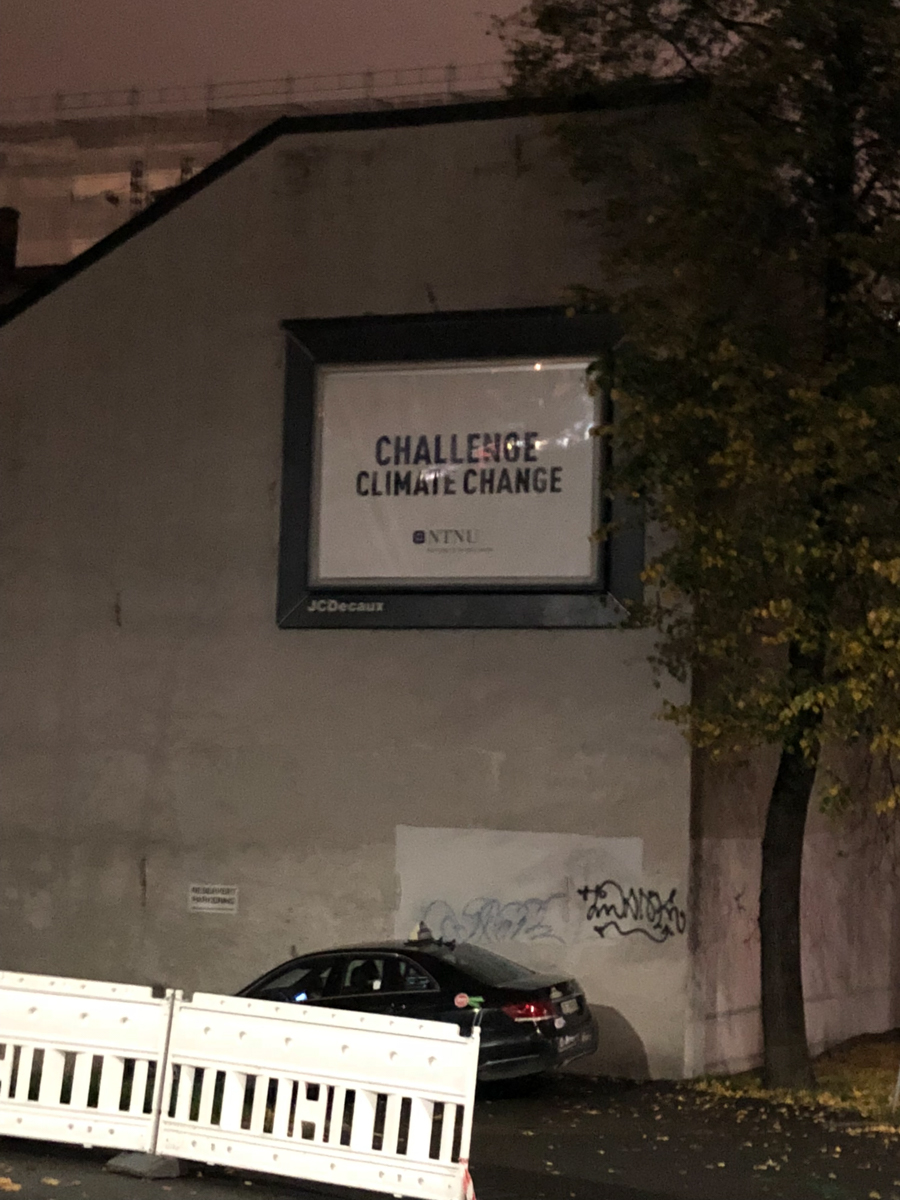
Like this:
Like Loading...
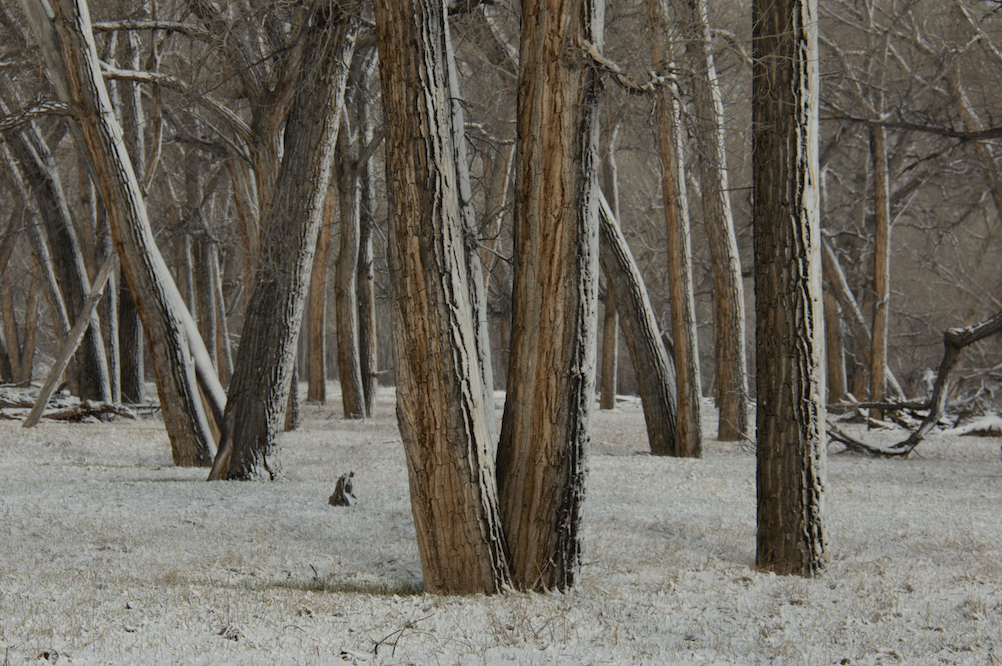
by aramatzne@gmail.com | 1 Apr 2020 | Musing
As you may have noticed, I added a store.
Nothing flashy – a few dozen print possibilities for those interested.
Order a piece of the wild for your wall —
a small gesture to the beauty of this infinitely fascinating planet.
Order paper prints for matting and framing to your taste or metal prints, which are ready to hang straight from the shipping carton.
All prints are signed by yours truly.
Prices include shipping.
Take a look!
Like this:
Like Loading...


























